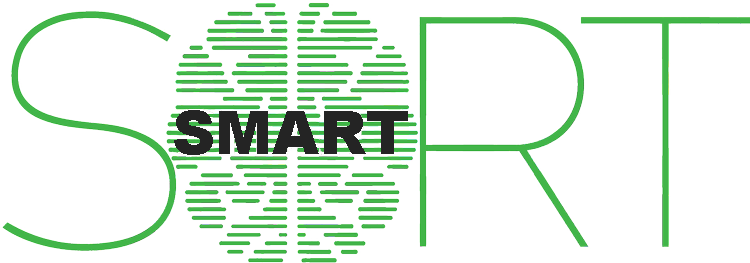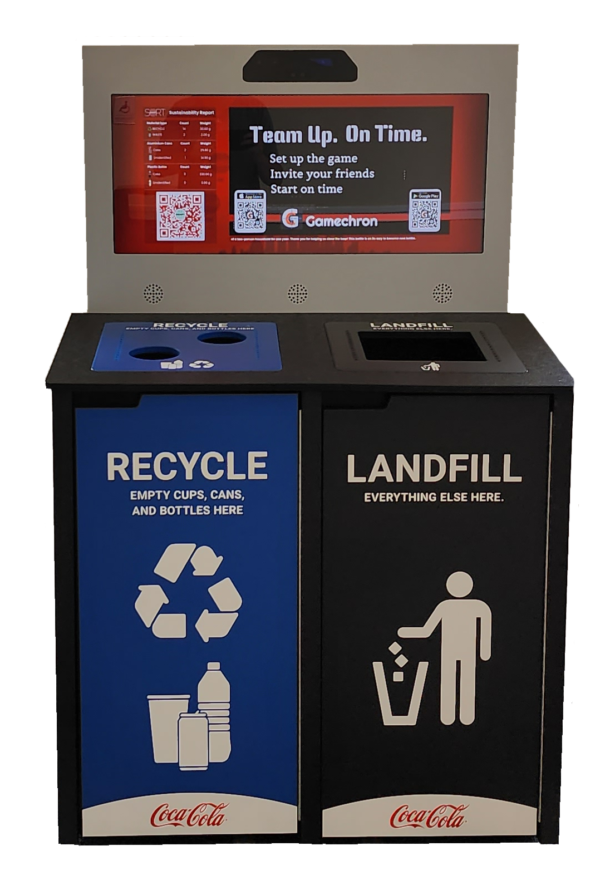Smart sort recycling bins have gained popularity for their ability to streamline the recycling process and increase recycling rates. While these bins offer numerous benefits, it is essential to consider the hidden costs associated with their implementation. In this blog post, we will conduct a comprehensive analysis of the hidden costs of smart sort recycling bins. By understanding these costs upfront, individuals, businesses, and organizations can make informed decisions about investing in this technology.
The first hidden cost to consider is the initial investment required to purchase and install smart sort recycling bins. These bins are often more expensive than traditional recycling bins due to the incorporation of advanced sensors, sorting mechanisms, and user-friendly interfaces. The cost can vary depending on the size and capacity of the bins, as well as the level of technology integration. While the upfront cost may seem high, it is crucial to evaluate the long-term benefits and potential cost savings that smart sort bins can provide.
Another hidden cost to consider is the maintenance and repair expenses associated with smart sort recycling bins. As with any technology, these bins require regular maintenance to ensure optimal performance. This may include software updates, sensor calibration, and mechanical repairs. Additionally, if a bin malfunctions or breaks down, the cost of repairs or replacement parts can add to the overall expenses. It is important to factor in ongoing maintenance and repair costs when budgeting for smart sort recycling bins.
Implementing smart sort recycling bins often requires training and education for users and staff members. The technology may be unfamiliar to individuals who are accustomed to traditional recycling methods. Training sessions or educational materials may be necessary to ensure that users understand how to correctly sort and deposit recyclables into the bins. While these training costs may be one-time or periodic expenses, they should be considered when evaluating the overall investment in smart sort recycling bins.
Smart sort recycling bins generate valuable data on recycling patterns and behavior. However, managing and analyzing this data may come with additional costs. Organizations may need to invest in data management systems or hire personnel with data analysis expertise. Analyzing the collected data can provide insights for optimizing waste management strategies and improving recycling efforts. It is important to consider the potential costs associated with data management and analysis when implementing smart sort recycling bins.
Integrating smart sort recycling bins into existing waste management infrastructure may incur additional costs. For example, retrofitting existing collection trucks with the necessary technology to handle the smart bins may require modifications and investments. Furthermore, integrating the data from smart sort bins into existing waste management systems or software may require compatibility updates or customizations. These integration costs should be factored into the overall investment analysis.
While smart sort recycling bins offer numerous benefits, it is crucial to consider the hidden costs associated with their implementation. The initial investment, maintenance and repair expenses, training and education, data management and analysis, and integration with existing infrastructure are all important factors to evaluate. By conducting a comprehensive analysis of these hidden costs, individuals, businesses, and organizations can make informed decisions about whether smart sort recycling bins are a viable and cost-effective solution for their recycling needs.




